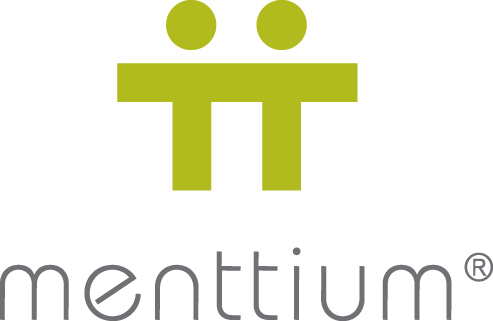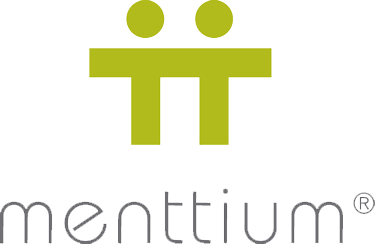31 Jan 6 Ways to Develop a More Positive Mental Attitude
What is Positive Mental Attitude?
“Positive mental attitude is that philosophy which asserts that having an optimistic disposition in every situation in one’s life attracts positive changes and increases achievement.”
A Lesson in PMA from a Field Trip
I was recently a chaperone on my daughter’s field trip. They were participating in a variety of outdoor activities, games, and winter survival techniques. The leader had the 5th graders brainstorm what they might need to survive outside for a day during a Minnesota winter. They came up with a list – water, food, shelter, clothing, blankets, communication mechanisms, etc. The leader added an item called “P.M.A.” to the whiteboard. She asked which items can we live without for 3 seconds, 3 minutes, 3 days, and 3 weeks? The kids learned that water and food weren’t actually the top items. Maintaining body warmth was a key one. But PMA is actually the most important thing. In only 3 seconds, a lack of PMA can derail survival. PMA is Positive Mental Attitude. It’s staying calm, not panicking, and deciding that survival is possible.
The Importance of Positive Mental Attitude in Everyday Life
As I consider wellbeing, PMA stands out to me. It’s not just applicable when making it through a sub-zero night outside in Minnesota. Even if you’re physically healthy, surrounded by a good social support system, etc. negative self-talk, and chronic stress can topple your overall wellbeing. Having a PMA does make a difference in how well we are.
Defining Your Personal Wellbeing
What does wellbeing look like for you? It might look different than those around you, and that’s ok. Know that you are worthy of it and can take steps to be closer to your ideal version.
Dimensions of Wellbeing
There are many dimensions to wellbeing. Common types of wellbeing include physical, mental, emotional, social, career, financial, and spiritual. During our life, we may prioritize some dimensions over others. You may find yourself in balance at times, and other times out of balance.
Career Wellbeing: A Closer Look
Let’s take a closer look at career wellbeing (an ability to pursue your interests, values, and purpose to gain professional enrichment and meaning at work). Looking back on the past few years, there has been an increased focus on wellbeing in the workplace. People have faced new challenges, routines, and experiences. Extra time at home, new working arrangements, less time with people, more time with others, and altered routines, have likely caused most of us to pause and reflect.
According to Gallup, career wellbeing is “liking what you do every day” and “has the strongest impact on overall wellbeing. People with high career wellbeing are more than twice as likely to be thriving in their life overall.”
6 Ideas for a Career Wellbeing Check-In
(Consider inviting a trusted friend or mentor in on your check-in)
-
Start with a PMA (Positive Mental Attitude). Remember that you are in control and can shape your life/career. You can make changes that reflect your values.
-
Clarify Your Values. Are you clear on your values? What is most important to you? Are your choices reflecting your values? If you’re unsure, take a look at your calendar and bank account over the past 6 months. How you spend your time and money can be a reflection of your values.
-
Reflect on Your Professional Wellbeing. Pause for a minute (or an hour or a weekend) to reflect on your professional wellbeing. How are you doing, really? Are there parts of work that don’t feel right, don’t feel healthy, don’t feel aligned with your values?
-
Identify Possible Modifications. What modifications are possible in your current role? Or is your work so far from your values that it’s unhealthy to continue in the role? Your wellbeing focus can shift over your lifetime. Identify where you are at and what you need right now.
-
Make Small Improvements. Now that you’ve gained some perspective, what are 1-2 things you can try today to make improvements?
-
Explore Assessments for Workplace Wellbeing. Try an assessment like CDC NIOSH Worker Well-Being Questionnaire (WellBQ) to discover more about your workplace wellbeing. Take a look at the first section as a start (how you feel about different aspects of your job).
Personalizing Your Wellbeing Journey
In closing, remember that while there are common elements to wellbeing, in the end, wellbeing is personal. Try to measure yourself honestly, with your values in mind, rather than comparing yourself to others’ definition of wellbeing. It takes some honesty and self-reflection to assess how you are doing and where focus is needed.
Additional Resources
- Navigating Burnout and Prioritizing Well-Being During Turbulent Times | Sue Willman
- Tips to Prioritize Wellbeing in Leadership | Amy Brandli
- 7 Tips for a Career Well-being Check-Up


